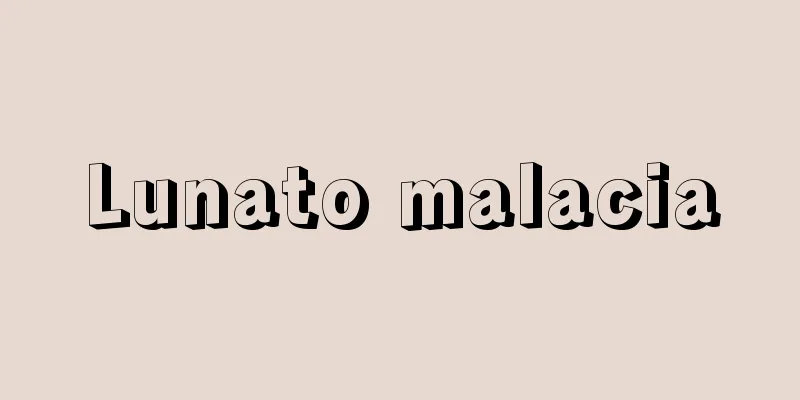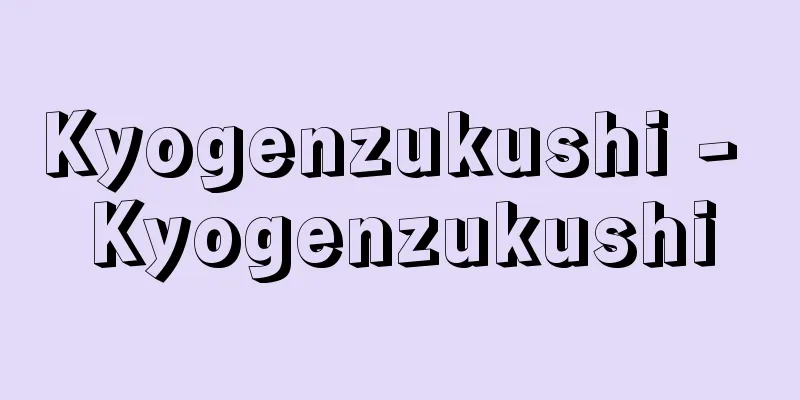Coupling reaction

|
A reaction in which two molecules combine to form a single molecule is generally called a coupling reaction. This reaction often involves the elimination of small molecules, atoms, or ions. The most well-known coupling reaction is the diazo coupling reaction, so when people simply say "coupling," they are often referring to this reaction. (1) Diazo coupling reaction This is a reaction in which an aromatic diazonium salt reacts with a phenol and an aromatic amine to produce an azo compound. This reaction produces azo dyes very easily, so it is widely used in the synthesis of azo dyes. For example, methyl orange, which is famous as a neutralization indicator, is synthesized by a coupling reaction between dimethylaniline and the diazonium salt obtained by diazotizing sodium p (para)-aminobenzenesulfonate. Coupling with aromatic amines is carried out under neutral or weakly acidic conditions, while coupling with phenols is carried out under alkaline conditions. (2) Coupling of organometallic compounds and organohalogen compounds The Wurtz-Fittig reaction is a coupling reaction in which metallic sodium is used to remove the halogen from two molecules of alkyl halides (RX, where X is a halogen) and then bond the alkyl groups to form one molecule of alkane (RR).
To produce an unsymmetric alkane (R-R'), the reaction of an alkyl halide (RX) with an organometallic compound (R'-M, where M is a metal) is used. In the coupling of Grignard reagents with alkyl or acyl halides, two different alkyl or acyl groups can be selectively coupled. RMgX+R'-X' (3) Coupling of free radicals The reaction in which two molecules of free radicals combine to form a stable molecule is also called coupling. This reaction can occur between free radicals of the same type or different types. Coupling between free radicals of the same type produces a dimer (an association of two molecules). The termination step of a chain reaction is a well-known example of a radical coupling reaction. [Masahiro Hirota] "103 Catalytic Reactions for Organic Synthesis" edited by Tamejiro Hiyama and Kyoko Nozaki (Tokyo Kagaku Dojin, 2004) [References] | | |Source: Shogakukan Encyclopedia Nipponica About Encyclopedia Nipponica Information | Legend |
|
二つの分子が結合して一つの分子になる反応を、一般にカップリング反応という。この際に小さな分子や原子・イオンの脱離を伴う場合が多い。もっともよく知られているカップリング反応はジアゾカップリング反応であるので、単に「カップリング」という場合、この反応をさすことがある。 (1)ジアゾカップリング反応 芳香族ジアゾニウム塩がフェノールおよび芳香族アミンに作用してアゾ化合物を生成する反応をいう。この反応はきわめて容易にアゾ色素を生成するので、アゾ染料の合成に広く応用されている。たとえば、中和指示薬として有名なメチルオレンジは、p(パラ)-アミノベンゼンスルホン酸ナトリウムをジアゾ化して得られるジアゾニウム塩と、ジメチルアニリンとのカップリング反応により合成される。芳香族アミンとのカップリングは中性または弱酸性下で、フェノールとのカップリングはアルカリ性下で行う。 (2)有機金属化合物と有機ハロゲン化合物のカップリング 2分子のハロゲン化アルキル(RX、Xはハロゲン)から金属状ナトリウムを用いてハロゲンを奪い取り、アルキル基どうしを結合させて1分子のアルカン(R-R)にするカップリング反応として、ウルツ‐フィティッヒ反応Wurtz-Fittig reactionがある。
非対称なアルカン(R-R')をつくりたい場合には、ハロゲン化アルキル(RX)と有機金属(R'-M、Mは金属)の反応を用いる。 グリニャール試薬とハロゲン化アルキル、ハロゲン化アシルとのカップリングでは、2種類の異なるアルキル基やアシル基を選択的にカップリングさせることができる。 RMgX+R'-X' (3)フリーラジカル(遊離基)のカップリング 2分子のフリーラジカルが結合して安定な分子になる反応もカップリングとよばれている。この反応は同種のフリーラジカルの間でも異種のフリーラジカルの間でもおこる。同種のフリーラジカル間のカップリングでは二量体(2分子が結び付いた会合体)が生成する。ラジカルのカップリング反応の実例としては、連鎖反応の停止段階がよく知られている。 [廣田 穰] 『檜山爲次郎・野崎京子編『有機合成のための触媒反応103』(2004・東京化学同人)』 [参照項目] | | |出典 小学館 日本大百科全書(ニッポニカ)日本大百科全書(ニッポニカ)について 情報 | 凡例 |
<<: Kal-mun-wang (English spelling)
>>: Installment sales - installment selling
Recommend
Eiji Kusakari
1891-1930 A military officer from the Taisho to e...
troy ounce
...The unit of measurement is the dram (= 1/16 oz...
Ross, MD
...Balloons, which were used primarily for advent...
Paul Lafargue
French socialist. Born in Santiago de Cuba. At th...
Kose clan
The name is also used for Kose and Ise. An ancien...
gleba
…The young mushroom is a reptile egg-like globule...
Fundamental tax - Kikanzei
Tax items that account for a large proportion of t...
Kagura mask - Kaguramen
A mask used in Kagura. It is not used in Imperial ...
Defense substances - defense substances
A chemical released by an organism when it is atta...
Aiyo
〘Noun〙 Mugwort leaves. Also, in Chinese medicine, ...
Kagekiyo Shusse - Shusse Kagekiyo
Joruri Gidayubushi. Historical piece. 5 acts. Wri...
GRF - Global Renewable Energy
Growth hormone releasing factor : A growth hormone...
Social insects - Social insects
This refers to insects that form groups, create h...
Imperator - Imperator Go
…The sister ship Olympic was used until 1935. Ger...
Eckermann, JP (English spelling) EckermannJP
… The human and spiritual development of the poet...









